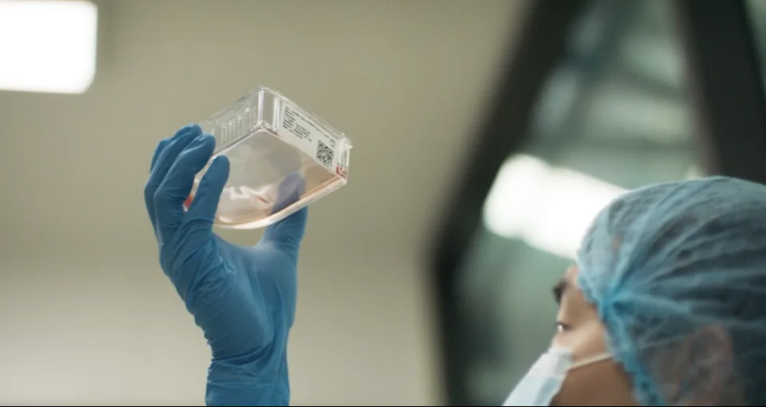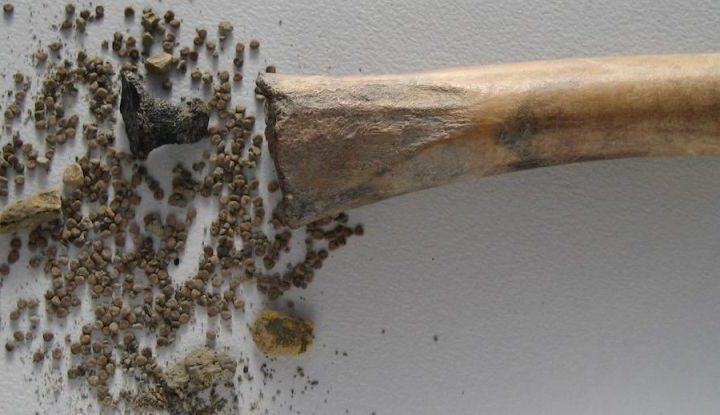A food company has produced a giant meatball using cells from the long-extinct woolly mammoth. The mammoth meatball was unveiled last Tuesday at the science museum Nemo in the Netherlands.
The aim of the project is to demonstrate the potential of artificial meat grown from cells without killing animals, and to highlight the link between large-scale livestock production, the destruction of wildlife and the climate crisis. This interesting food is produced by Vow, an Australian company that takes a different approach to cultured meat.
There are many companies working on artificial substitutes for traditional meats such as chicken and fish. But Vow aims to use cells from unusual species to create new types of meat.
It's here! Introducing the #MammothMeatball, the world's first meat made from extinct animal protein 🦣
With @WunThompson, we're starting a conversation on what the future of food looks like (and from our view, it's pretty exciting) 🍽
Watch now at https://t.co/Xuk2CizLOI pic.twitter.com/64UUK4Wf1n
— Vow (@itsjustvow) March 29, 2023
The company has already explored the potential of more than 50 species, including alpaca, buffalo, crocodile, kangaroo, peacock and different fish species. Japanese quail will be the first cultured meat to be sold to restaurants and is expected to be available in restaurants in Singapore later this year.
“We chose the woolly mammoth because it is a symbol of diversity loss and climate change,” says Tim Noakesmith, co-founder of Vow.
To produce the cultured meat, Vow worked with Professor Ernst Wolvetang from the Australian Institute of Bioengineering at the University of Queensland. He and his team took the DNA sequence of mammoth myoglobin, an important muscle protein that gives meat its flavor, and filled in the gaps using elephant DNA.
Professor Wolvetang says that initially the idea was to produce dodo meat, but the DNA sequences needed were not available.
No one has tasted this giant mammoth meatball
“We haven’t seen this protein for thousands of years, so we have no idea how our immune system will react when we eat it,” Wolvetang told the Guardian. But if we do it again, we can certainly make it more acceptable to regulatory agencies.”
Wolvetang also says there will be increasing interaction between technologies used in stem cell research and cultured meat production.
Large-scale production of meat, especially beef, is highly damaging to the environment and many studies show that meat consumption in rich countries needs to be drastically reduced to end the climate crisis.
Farmed meat uses far less land and water than livestock and produces no methane emissions. The company, which has raised $56 million in investment to date, emphasizes that all of the energy it uses comes from renewable sources.
Wolvetang says he can understand people being wary of this kind of meat at first, adding: “Yes, it’s a bit strange, it’s always like that in the first place. But from an environmental and ethical point of view, I personally think that cultured meat makes a lot of sense.”
Summarized from a The Guardian article





